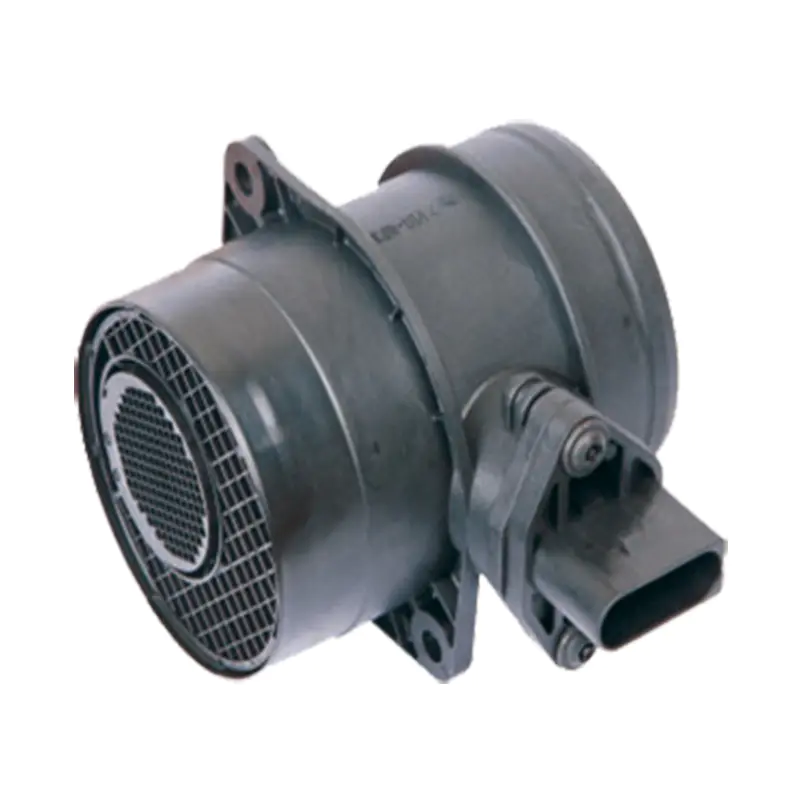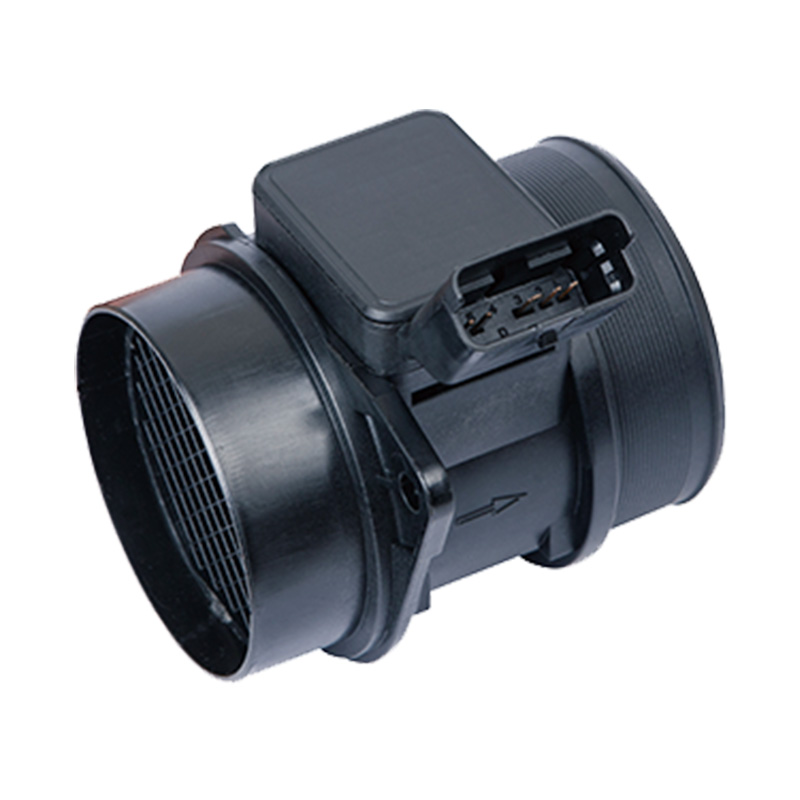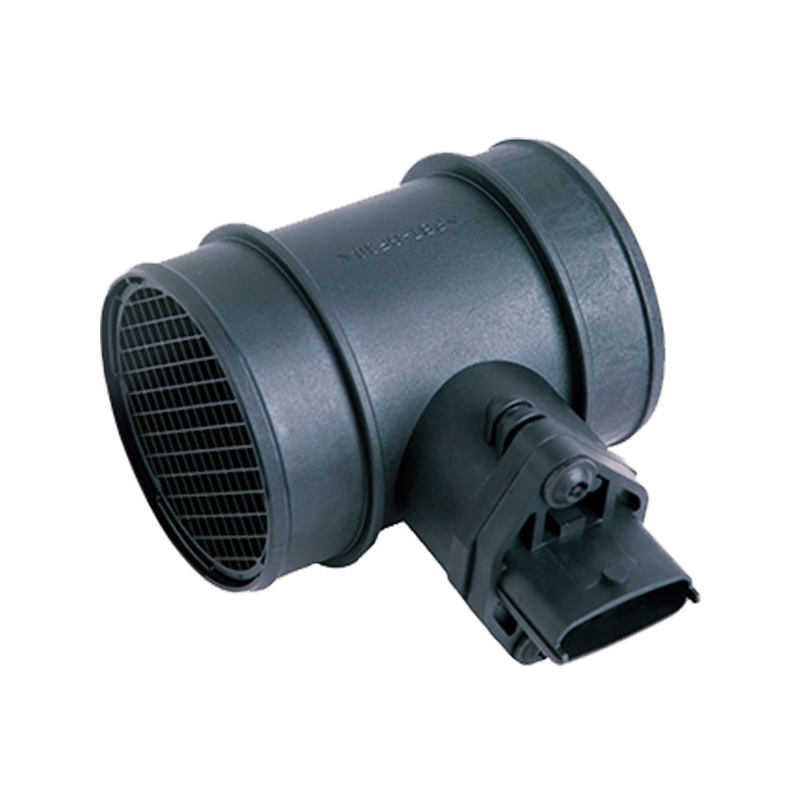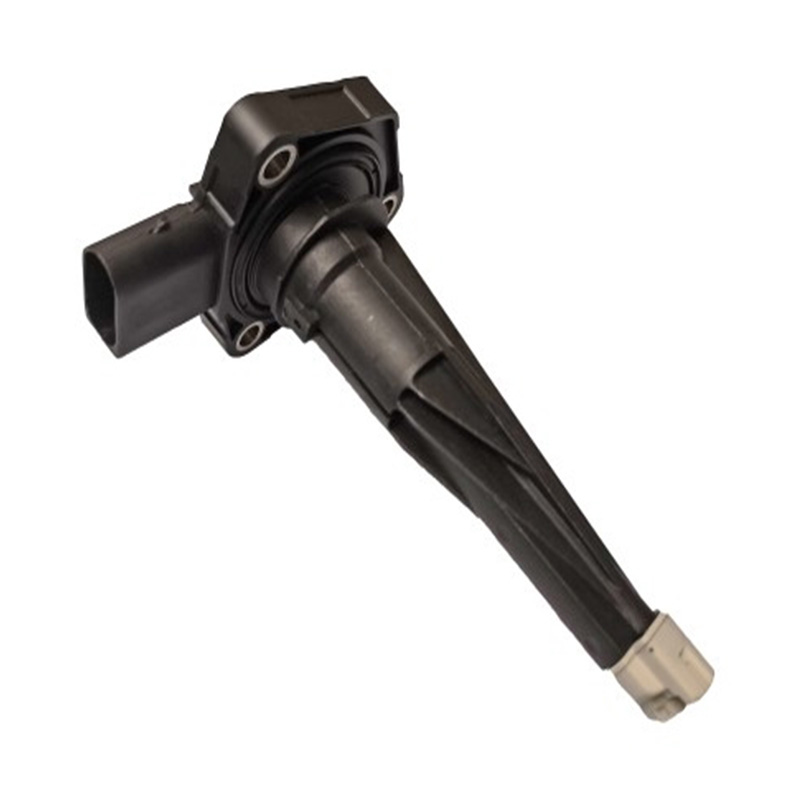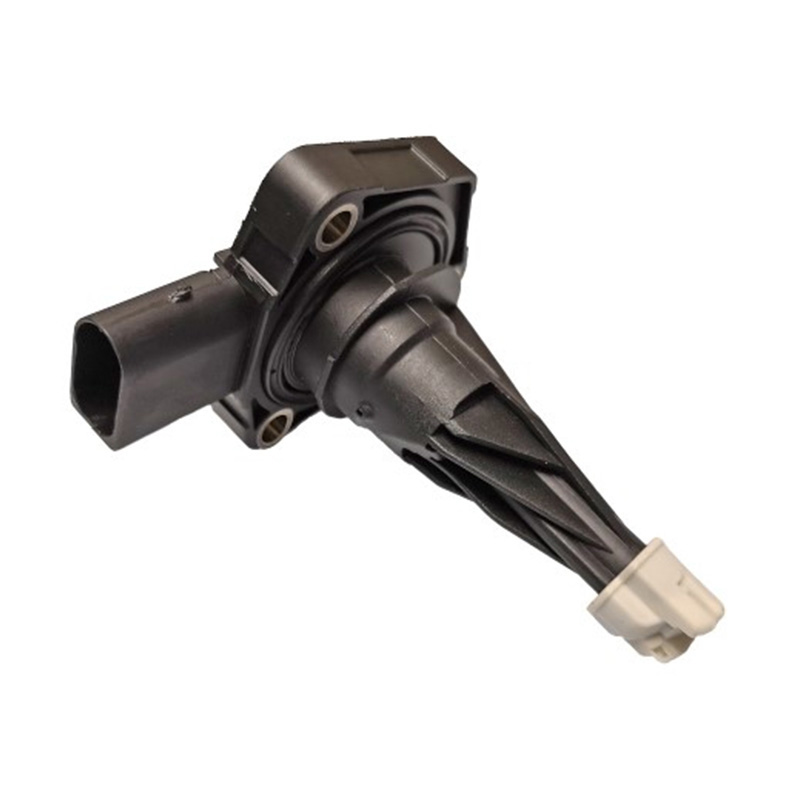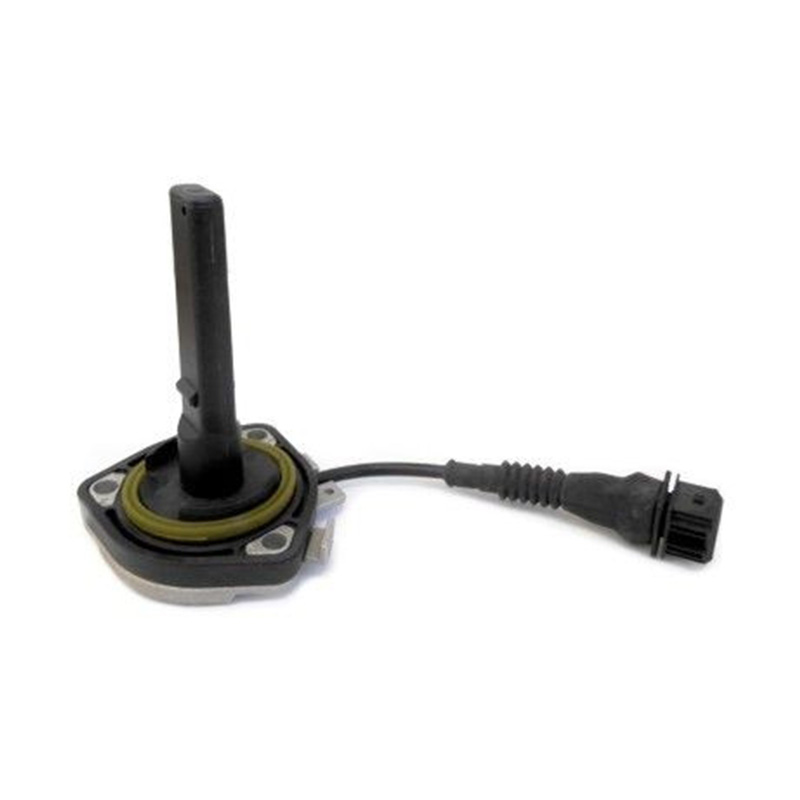OEM.NO:0281 002 461 0281 002 462 0986 284 007
See DetailsHow a Mass Air Flow Meter Helps Reduce Vehicle Emissions?
Modern vehicles rely on a combination of mechanical and electronic components to achieve efficient and environmentally responsible operation. Among these components, the Mass Air Flow Meter plays an essential role in controlling the air-fuel mixture that powers the engine. By accurately measuring the amount of air entering the engine, the Mass Air Flow Meter helps regulate fuel consumption and contributes directly to reducing harmful vehicle emissions.
The Mass Air Flow Meter is located between the vehicle’s air filter and the intake manifold. Its main function is to detect the volume and density of the air flowing into the engine. This information is then sent to the engine control unit (ECU), which uses it to calculate the correct amount of fuel required for combustion. A balanced air-fuel mixture is necessary not only for engine performance but also for reducing emissions released into the environment.
One of the reasons the Mass Air Flow Meter is important in emission control is its role in achieving complete combustion. When the engine receives the appropriate amount of air and fuel, combustion is more thorough, leaving fewer unburned hydrocarbons and carbon monoxide in the exhaust gases. Incomplete combustion can result in higher emissions of these pollutants, which are harmful to both human health and the environment. By ensuring the correct mixture, the Air Flow Meter helps reduce the production of these substances.
Additionally, the Mass Air Flow Meter influences the operation of the catalytic converter, a key component in modern emission control systems. The catalytic converter relies on a specific air-fuel ratio to function efficiently. If the mixture is too rich or too lean, the converter’s ability to neutralize harmful gases like nitrogen oxides, carbon monoxide, and hydrocarbons is compromised. By providing accurate airflow data, the Air Flow Meter helps maintain the balance needed for the catalytic converter to operate effectively.
Another benefit of a properly functioning Air Flow Meter is its impact on fuel efficiency, which also relates to emission levels. When the engine consumes more fuel than necessary, it produces excess carbon dioxide, contributing to greenhouse gas emissions. A clean and calibrated Mass Air Flow Meter ensures that the engine uses fuel efficiently, reducing unnecessary fuel consumption and lowering carbon dioxide output.
Over time, the Mass Air Flow Meter can accumulate dirt, dust, and oil residues from the intake air. These contaminants interfere with the sensor’s ability to provide accurate readings, resulting in imbalances in the air-fuel mixture. A dirty Air Flow Meter may cause the engine to run rich, burning more fuel than required and increasing emissions of carbon monoxide and hydrocarbons. Regular inspection and cleaning help maintain the sensor’s performance and its contribution to emission reduction.
In many modern vehicles, onboard diagnostic systems continuously monitor engine functions, including the performance of the Mass Air Flow Meter. If the sensor provides irregular or faulty readings, it can trigger warning lights on the dashboard. Addressing these alerts promptly ensures that any issues with the Air Flow Meter are corrected before they result in elevated emissions or engine inefficiencies.
The Mass Air Flow Meter also supports emission control during cold starts, a period when engines tend to produce higher levels of pollutants. At lower temperatures, fuel does not vaporize as easily, resulting in incomplete combustion. The Air Flow Meter provides critical data that allows the ECU to adjust the fuel injection to compensate for these conditions, promoting cleaner combustion even when the engine is cold.
Furthermore, as environmental regulations become stricter in many countries, vehicle manufacturers are focusing on emission reduction technologies. The Mass Air Flow Meter remains a valuable component in meeting these standards. By enabling precise engine management, it helps manufacturers can produce vehicles that comply with emission limits without compromising performance or reliability.
In vehicles designed for alternative fuels or hybrid systems, the Mass Air Flow Meter continues to play a relevant role. Even as fuel types change, the need to measure incoming air remains consistent. These systems still depend on accurate airflow data to regulate combustion processes and control emissions effectively.
